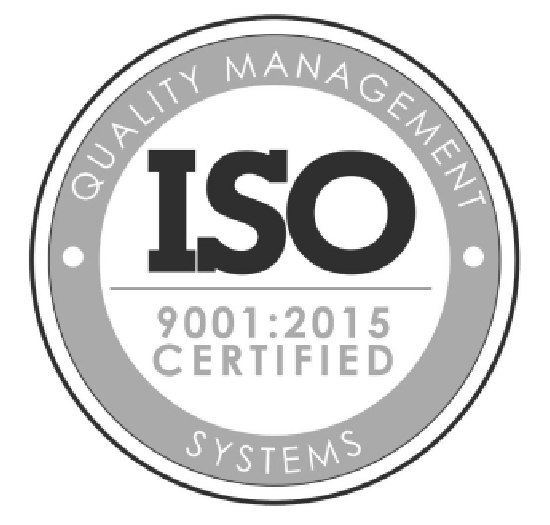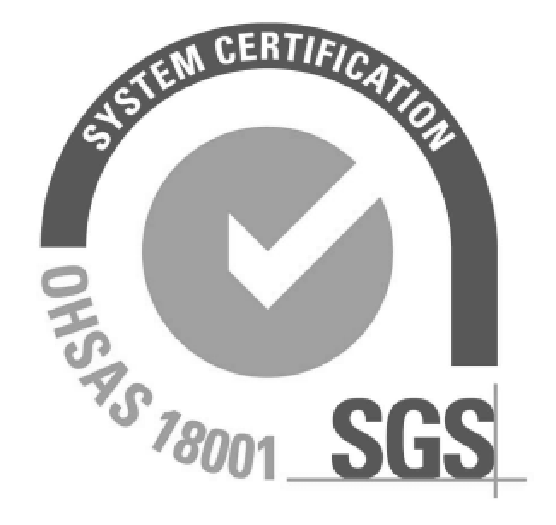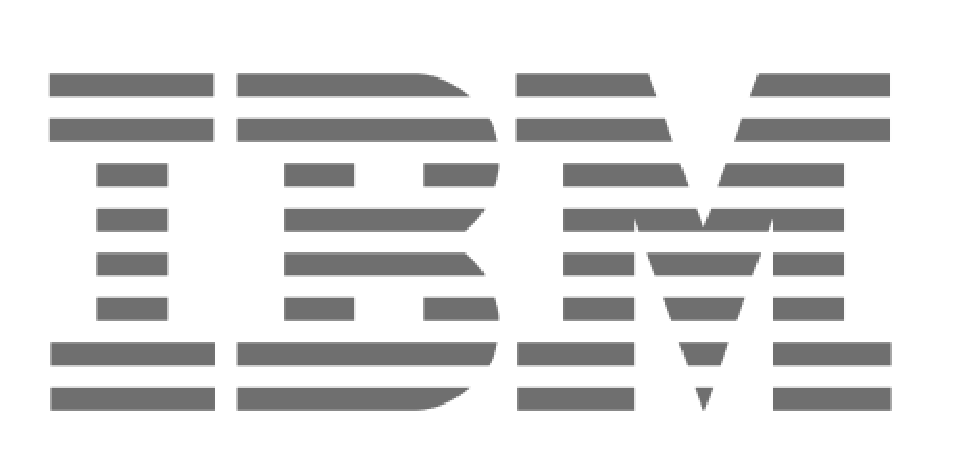Heinsohn Xelerator: Accelerating the Future of Software Innovation
Heinsohn is a leading software development and IT consultancy company with operations in the United States, Canada, and Latin America.
We provide services in a nearshore model, offering high-quality software solutions and top-tier talent.

For more than four decades, Heinsohn has been at the forefront roles
of software development and IT consultancy, establishing an excellent legacy.

Heinsohn Xcelerate: You Experience the Acceleration
With over 700+
dedicated collaborators in Latin America, we take pride in our human capital.
400+ certified engineers and testers
who are experts in their fields and equipped with the latest tools for agile project development.

Creating Sustainability and Carving a New Legacy
Since 2021, we have decided to venture into a model that is part of the generation of companies that build an inclusive social fabric in Latin America.
We clearly understood that a Society of Benefit and Collective Interest (BIC) is focused on a mission to combine the advantages of its economic activity with concrete actions to promote the well-being of workers, contribute to social equity, and aid in environmental protection.
That is why, as part of our corporate strategy, we operate in adherence to ISO 26000.
This framework addresses social responsibility, ensuring that our operations and initiatives align with societal expectations, ethical standards, and the well-being of our community. Aligned with the five dimensions of BIC (ISO 26000) – we are committed to:


Creating a model that fosters sustainable economic growth.

Ensuring integrity, transparency, and excellence in our operations.

Pioneering solutions that respect our planet.

Pioneering solutions that respect our planet.

Giving back, enriching our local communities, and setting benchmarks in corporate citizenship.
The Heinsohn Promise: Excellent Quality and Expert Solutions
Heinsohn’s leadership in quality and innovation is not just a claim—it is a proven track record backed by our prestigious certifications and standards.
We are proud to have achieved these goals alongside our clients:

ISO 9001
A globally recognized standard for quality management systems, ISO 9001 certifies that Heinsohn has established processes and standards to ensure consistent and high-quality products and services.

CMMI Level 5 V2
The Capability Maturity Model Integration (CMMI) is a globally recognized framework that evaluates an organization’s processes and practices.
Achieving a Level 5 rating, the highest attainable level, indicates that Heinsohn is operating at an ‘Optimizing’ stage. We continuously refine our processes based on a mix of best practices and innovative new techniques.

OSHAS 18001
When you partner with us, you are partnering with a company that places the utmost importance on the well-being of its employees, ensuring a productive, harmonious, and safe work environment.
This certification is a testament to Heinsohn’s dedication to providing a safe working environment. The Occupational Health and Safety Assessment Series (OSHAS) 18001 is an international standard that lays out criteria for occupational health and safety management systems.

Partnerships to Excel in Our Relentless Pursuit of Innovation





Our alliances with global IT management titans such as SAP, IBM, TIBCO, Oracle, and Microsoft highlight our commitment to constantly push the boundaries of innovation and offer our clients nothing short of the best and most advanced software solutions in the industry.
Experience our flexible solutions and get a feel for what it is like to work with a team that is meant to exceed expectations.
